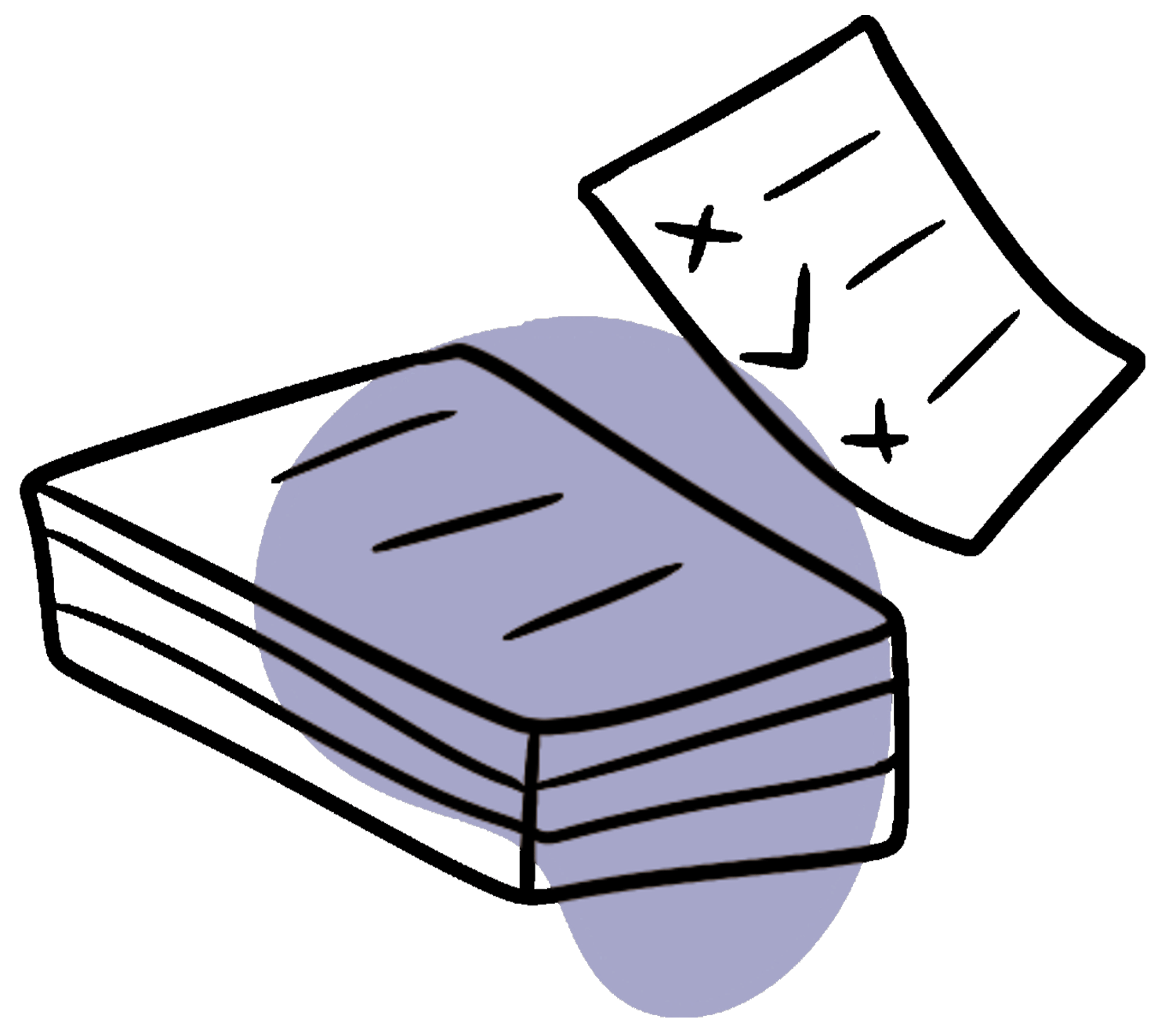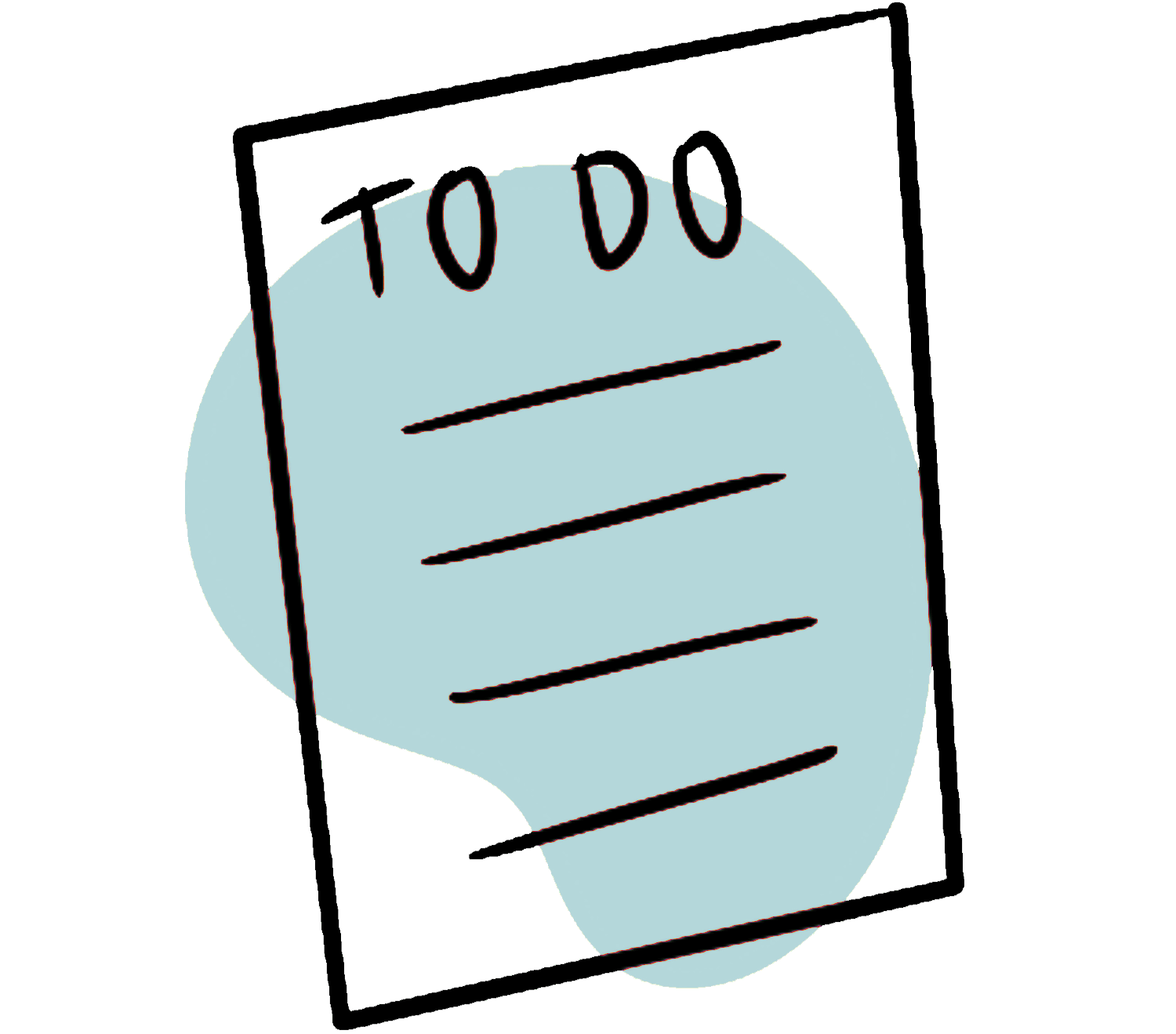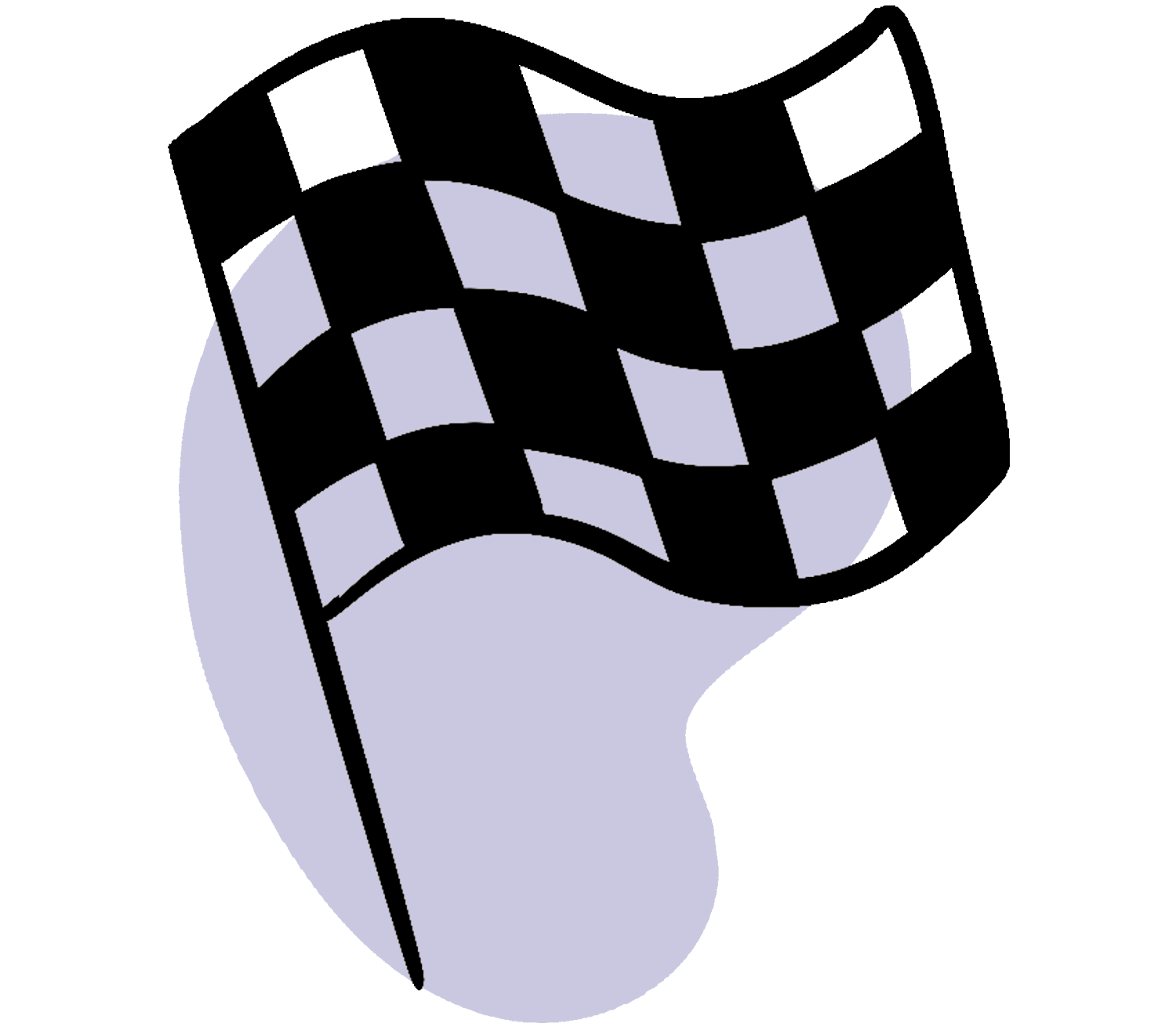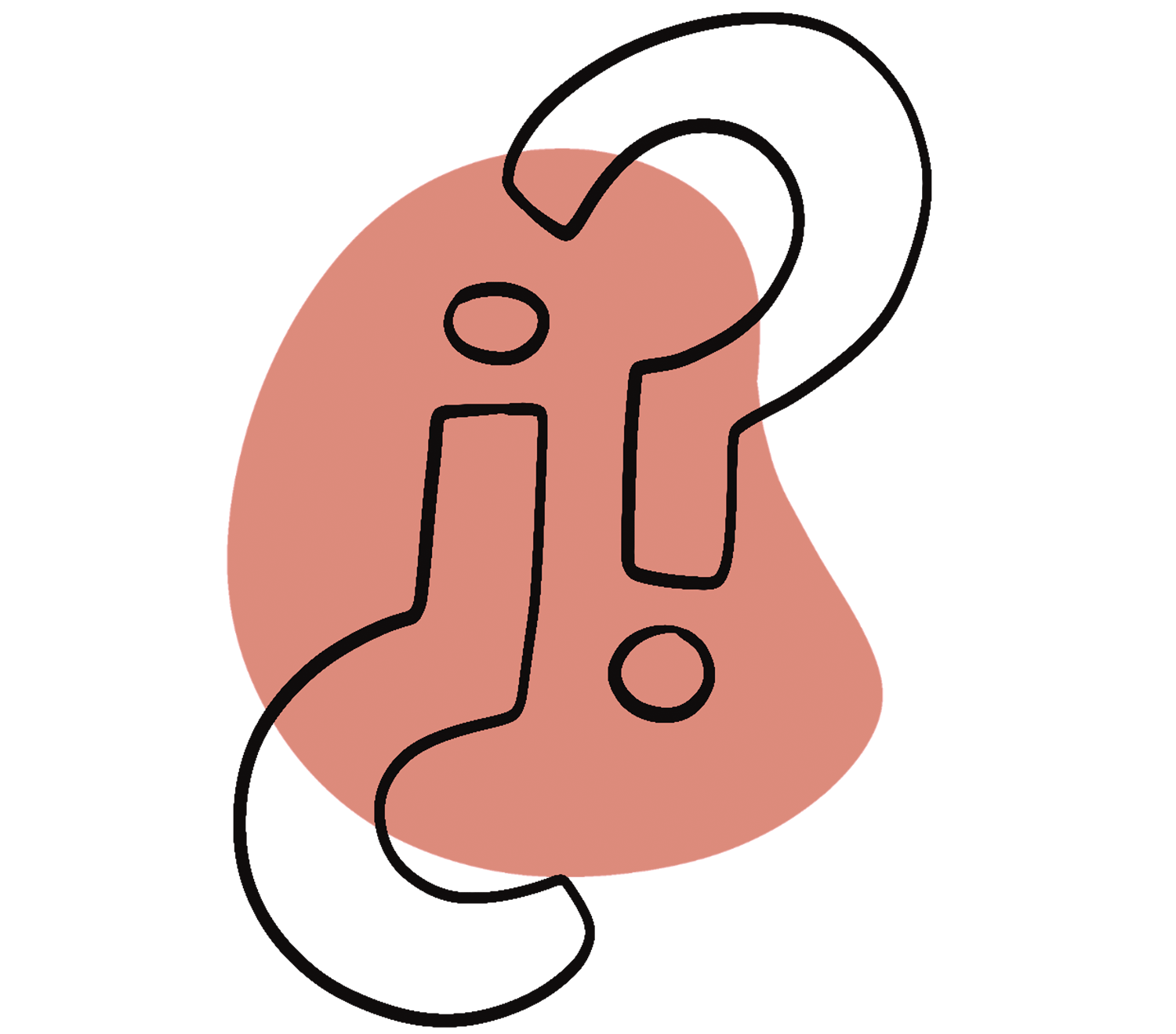Especially if you are creating a bachelor’s thesis for a client, you first need a detailed briefing before you can start with a conception.
If you do not have clients but design your bachelor’s thesis according to your own specifications, you set these specifications and the goals of your thesis yourself. To do this successfully, you should develop your ideas in detail. The more precisely you think through the background of your ideas, the easier it will be to create the briefing.
You should clarify the following points in your briefing:
- What is the idea?
- What are the goals – what should be achieved?
- Who is the target audience?
- Is there a budget?
- What other requirements are there from clients? e.g.: deadlines, design specifications, implementation, etc.
- What expectations are there for your work?
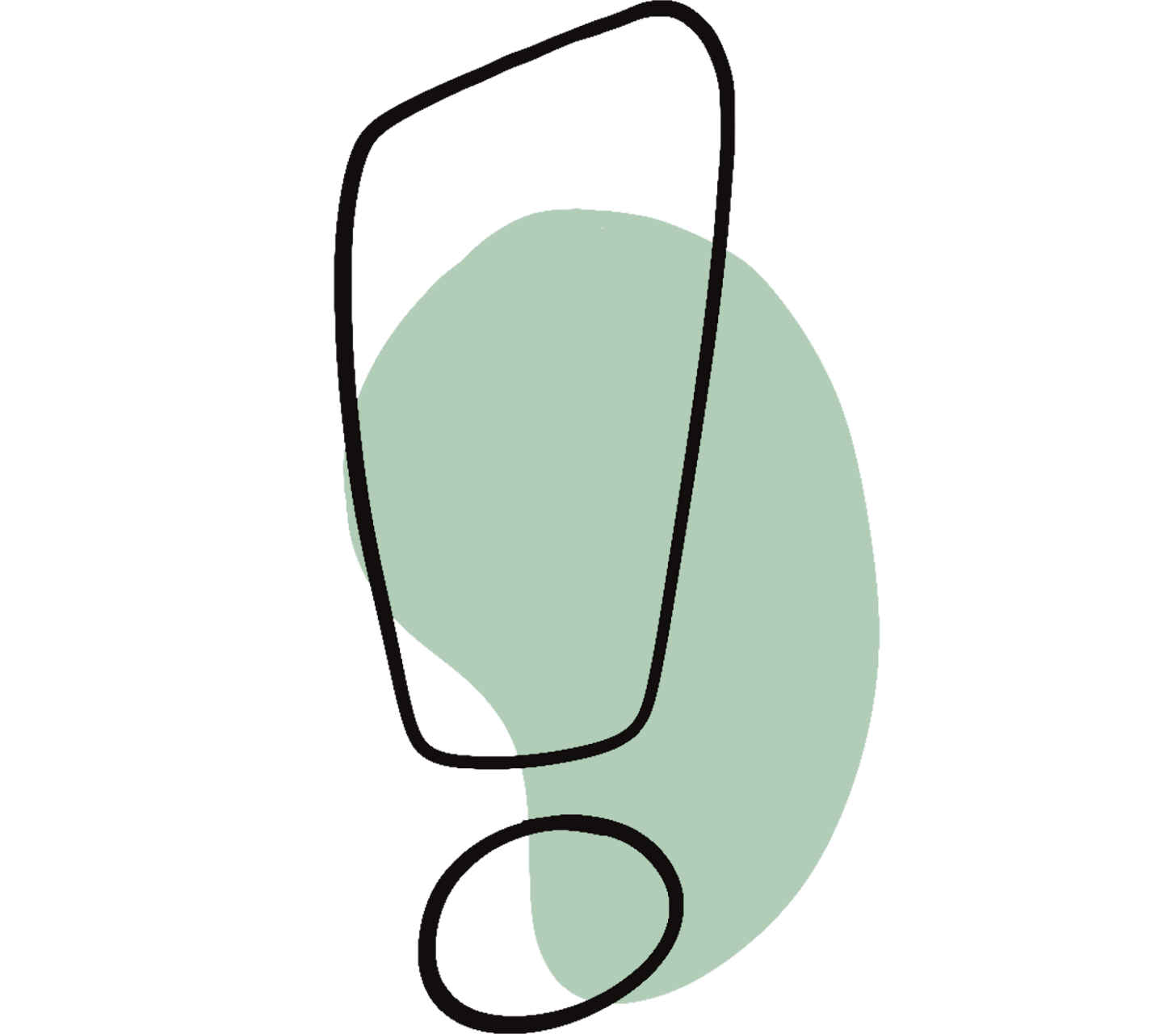
Once you have written down your briefing, you can derive most of your concept from it.
Here is an overview of the points your concept must include, in the correct order:
- Title page: Incl. title of your work, your name, your matriculation number, module, field of study and the name of your university. The title page does not belong in the table of contents.
- Table of contents: Consistent and with page numbers. Make sure there is never a single sub-item standing alone.
- Introduction and lead-in to the topic: Here you write your motivation behind the bachelor’s thesis, or how the assignment came about.
- Specifications and briefing: If you do not have clients, this point mainly consists of your idea development.
- Target audiences: You do not have to develop a single persona, but you should describe the target audience as precisely as possible.
- Functions: These are essentially the goals of your work and how you intend to implement them – for example, the functions of an app or the type of execution of a book.
- Content & media: What does your work consist of? This could be images and illustrations, on canvas or framed, but also the content elements of a novel or an app count here.
- The design: This includes possible drawing styles, typography, color scheme, language style, images, format and production, etc.
- Market analysis: Does the idea or the product already exist? What will you do differently from everyone else, and what can you learn from the competition? What is the demand on the market? Why should someone buy your book, app, or images? Here you are expected to make comparisons.
- Realization and future prospects: Describe as realistically as possible how your concept – or your idea with its goals – can be realized. This is also about life after graduation. e.g.: Are there potential investors for your app? Do you want to exhibit and sell your images after graduation? Or will you approach a publisher with your novel?
- Bibliography: Pay attention to a consistent and academically correct form of references.
- Final page: In the case of ring binding, this is simply the card at the end. The final page does not belong in the table of contents.
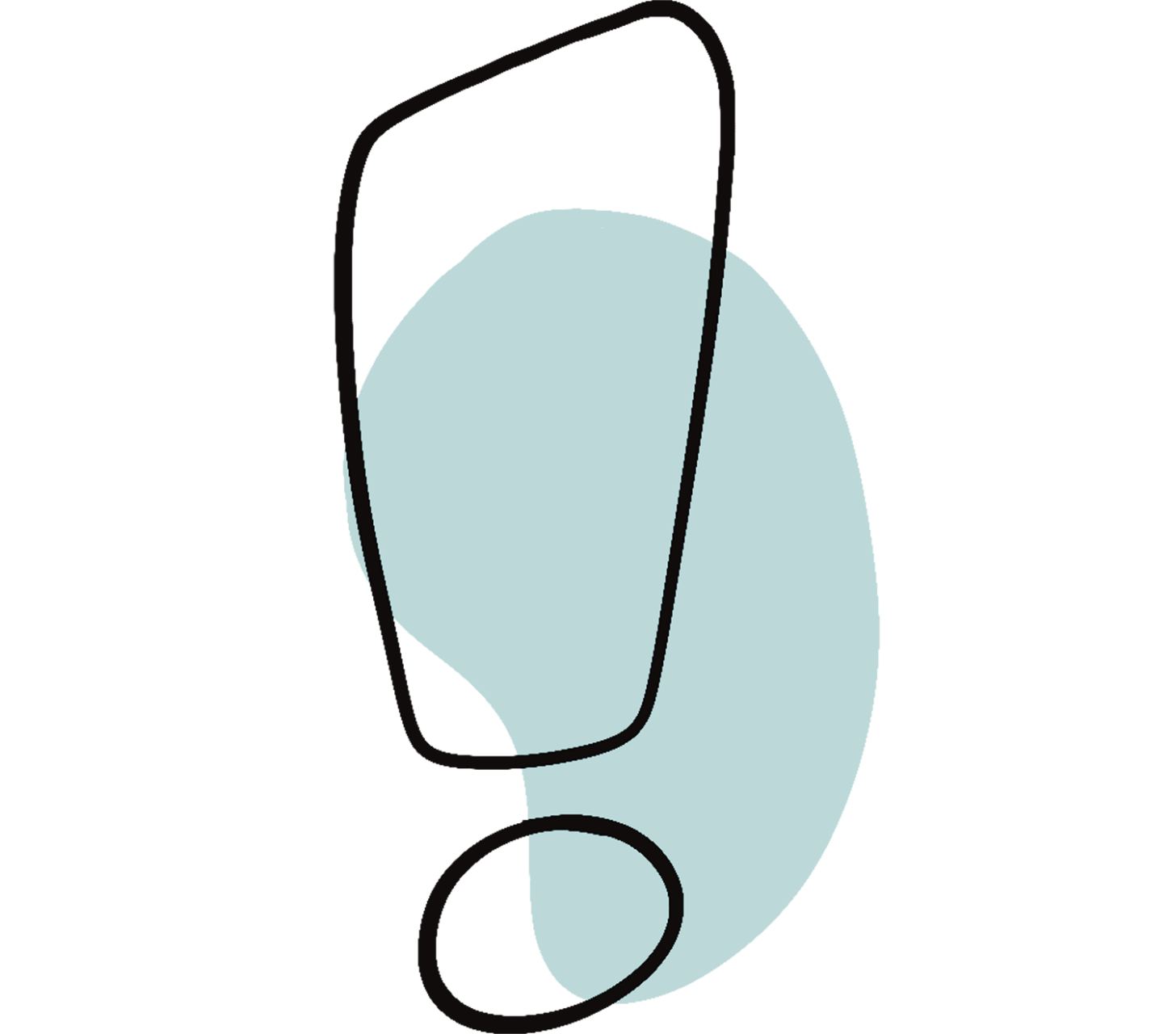
If your bachelor’s thesis is a concept, for example, for an app that you do not develop yourself, you will essentially create a concept for the concept in the “Conception” module.
Essentially, in your concept you must answer the following:
What are you designing, why, in what way, for whom, and with what functions?
Make sure you follow the common rules of argumentation as closely as possible. If you make a claim about why your work e.g. could sell well or be successfully realized, you must also prove this claim – preferably with serious and citable sources. This does not include Wikipedia, but e.g. official statistics from Statista.
Also, do not forget to mention the limitations of your work and where you might seek help if necessary. If you are e.g. writing a novel, it is not automatically expected that you will also design the book cover yourself.

You do not have to know or be able to do everything. But you must know what you do not know – and where you can get support.
So, be transparent, open, and honest. This is what will truly make your concept authentic!
A concept is also an academic paper – and academic papers require that you indicate the sources of all information and ideas that do not originate from you.
Through appropriate wording in your text, you must make clear what is your own work, what was specified, and what information and quotes you have taken from elsewhere.
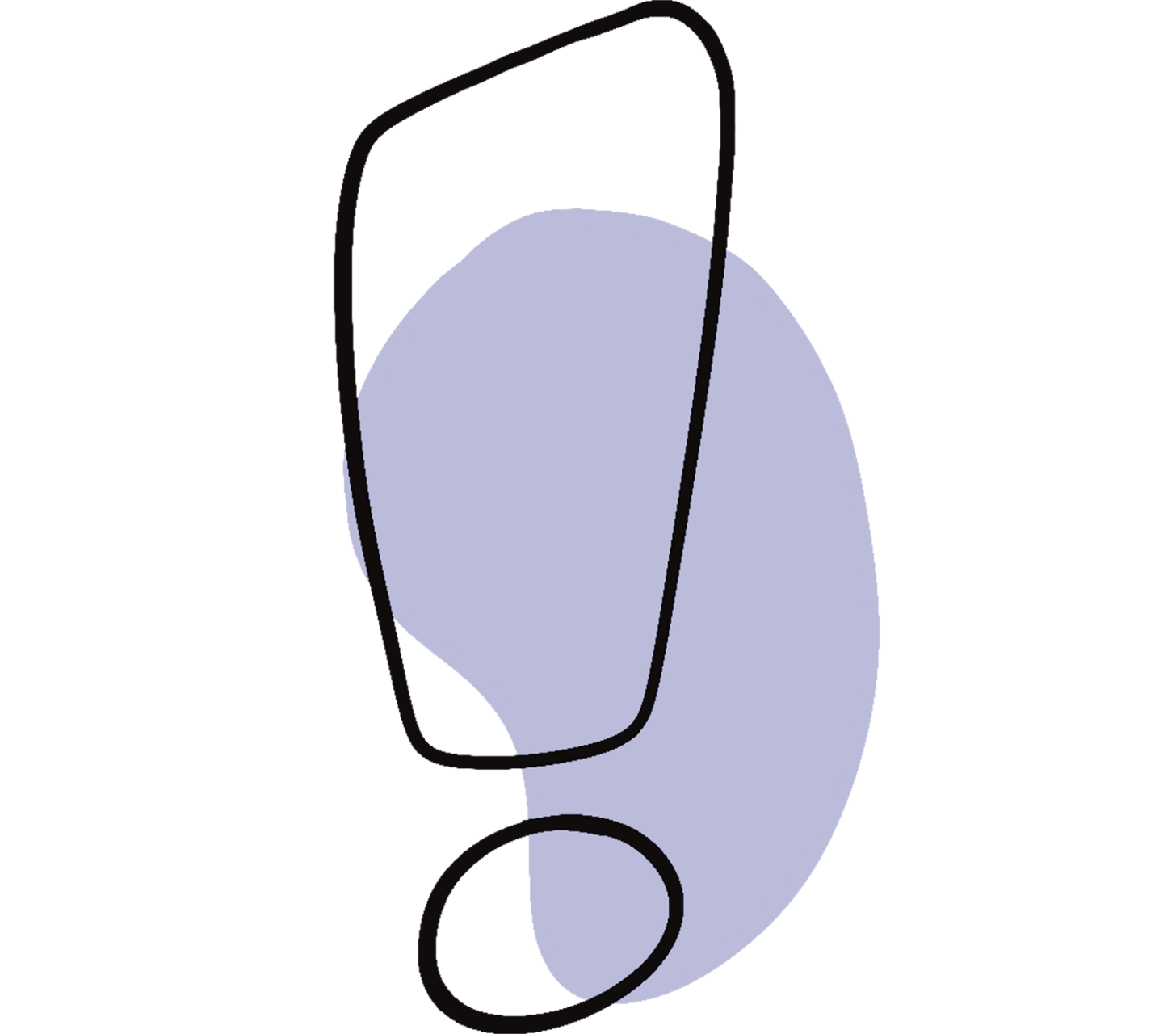
Clarify with your current lecturers in the “Conception” module which citation style you should use.
In the Design Faculty, it is usually recommended to use continuous footnotes. To do this, mark your quote in the text with an endnote directly at the end of the quote – this can also be in the middle of a sentence – and write the full reference in the footer of your document.
At the end of your concept, you must include a bibliography. This must be arranged alphabetically, not in the order in which the sources appear in the text.
Important further information on citing, the different types of quotes, and the bibliography can be found in this article: Why do I have to cite?
It is usually expected that you submit your concept printed and bound, with a title page, a final page, a table of contents, and incl. page numbers. If necessary, you may also have to submit a CD.

Clarify with your current lecturers in the “Conception” module what formal requirements are expected, whether you have to submit a CD or similar, what the data carrier should contain if applicable, and by when you must submit your concept at the latest.
Plan enough time to prepare your concept for submission after writing it! This includes, among other things, revising it, proofreading it, getting text feedback if necessary, printing, and binding it.
To determine your grade in the “Conception” module, your examiners will evaluate your concept according to the following criteria:
- Formal aspects: Requirements, format, references, spelling, and punctuation.
- Structure: Complete and with a clear lead?
- Argumentation: Valid and proven?
- Text: Realistic, credible concept?
What is the difference between conception and concept?
A conception is the entire process leading up to the finished concept. The briefing, the planning, setting goals, and developing an idea in the first place – all of this is part of the conception. The concept is “only” the finished written document that you ultimately hold in your hands, present to your clients or supervisors, or submit in the “Conception” module.
When should I start with the conception of my bachelor’s thesis?
As always – as early as possible. After all, your conception should be completed before you start your bachelor’s thesis. It is best to start developing your idea and preparing your briefing in detail during the lecture-free period before your final semester.
This article was published in August 2025 and last updated in February 2025.



